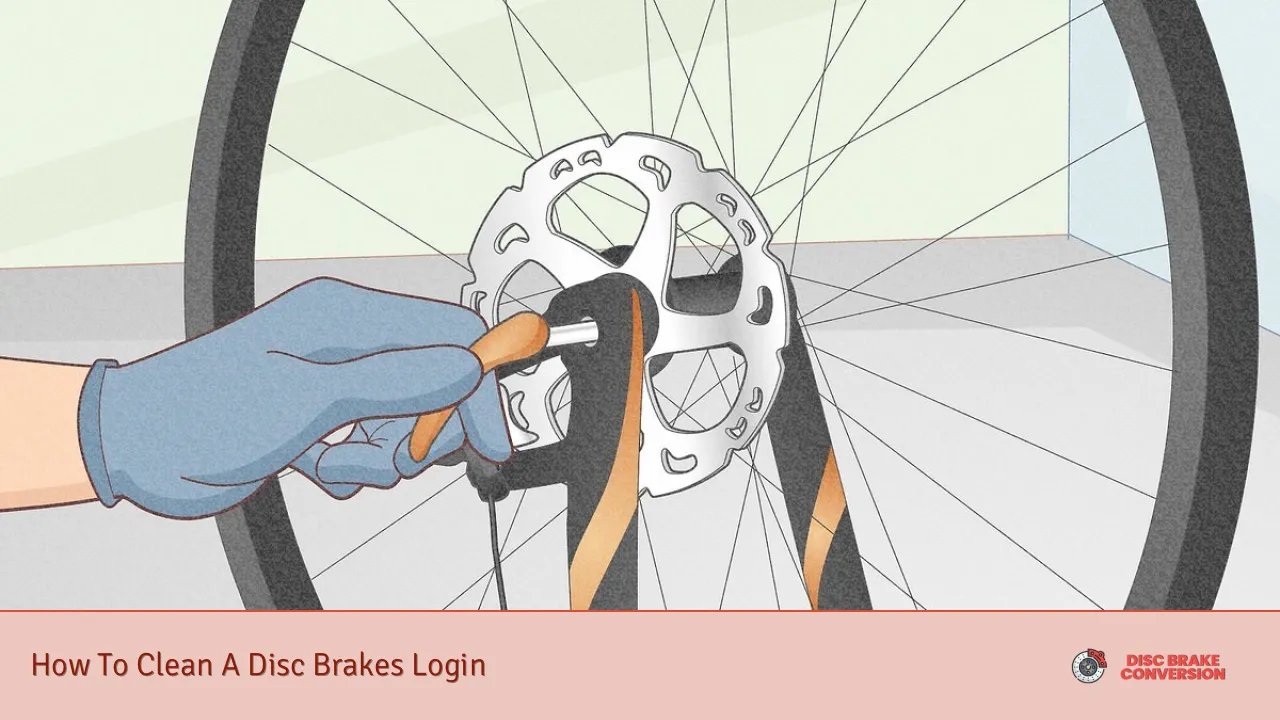Cleaning disc brakes is crucial for maintaining optimal performance and ensuring safety while driving. Over time, brake components accumulate dirt, dust, and debris, which can hinder their effectiveness and lead to premature wear. This guide provides a comprehensive overview of how to clean disc brakes effectively, ensuring they function properly and last longer.
Disc brakes consist of several components, including the rotors, calipers, and pads. Regular cleaning helps remove contaminants that can affect braking performance. It is essential to use the right tools and techniques to avoid damaging these critical components. In this article, we will cover the necessary preparations, cleaning methods, and inspection processes.
| Component | Cleaning Method |
|---|---|
| Rotors | Use brake cleaner or isopropyl alcohol |
| Calipers | Scrub with a soft brush and cleaner |
| Pads | Wipe with a lint-free cloth |
Preparing for Cleaning
Before you start cleaning your disc brakes, proper preparation is essential for safety and effectiveness. Begin by gathering the necessary tools:
- Brake cleaner or isopropyl alcohol
- Soft-bristle brush or cloth
- Lint-free paper towels
- Safety goggles and gloves
Next, ensure you are working in a safe environment. If you are cleaning brakes on a vehicle, park it on a flat surface and engage the parking brake. Use a jack to lift the vehicle and secure it with jack stands for safety.
Once the vehicle is securely elevated, remove the wheels using a lug wrench. Loosen the lug nuts before lifting the vehicle to make the process easier. After removing the wheels, you will have access to the brake components for thorough cleaning.
Cleaning Brake Rotors
The rotors are one of the most critical components of your disc brake system. They must be clean to ensure effective braking performance. Follow these steps to clean your brake rotors:
- Spray a generous amount of brake cleaner or isopropyl alcohol directly onto the rotor surface.
- Use a soft cloth or brush to scrub away any dirt or grime gently.
- Ensure that you cover all areas of the rotor, focusing on spots that appear particularly dirty.
- Wipe off any excess cleaner with a lint-free cloth.
Important: Avoid using any products that leave residue on the rotors, as this can compromise braking performance.
Cleaning Brake Calipers
Brake calipers house the pistons that apply pressure to the brake pads against the rotors. Keeping them clean is essential for smooth operation. Here’s how to clean your brake calipers:
- Use a soft-bristle brush dipped in brake cleaner to scrub around the calipers.
- Pay attention to any accumulated dirt or debris in crevices.
- Wipe down all surfaces with a lint-free cloth after scrubbing.
- Ensure that no cleaner gets onto the brake pads or rotors during this process.
Regularly inspecting your calipers for wear or damage is also important as part of your maintenance routine.
Cleaning Brake Pads
Brake pads can accumulate dust and debris that may affect their performance. Here’s how to clean them properly:
- If possible, remove the brake pads from their housing for easier access.
- Wipe down each pad with a lint-free cloth soaked in isopropyl alcohol.
- Avoid using excessive force; simply remove surface dirt without damaging the friction material.
- If pads are heavily contaminated or worn down, consider replacing them instead of attempting to clean them.
Caution: Never touch the friction material with bare hands as oils from your skin can contaminate them.
Inspecting Brake Components
After cleaning your disc brakes, it’s vital to inspect all components for signs of wear or damage:
- Check rotors for deep scratches or warping.
- Inspect pads for thickness; if they are below the manufacturer’s recommended level, replace them.
- Look for rust or corrosion on calipers and other metal parts.
Regular inspections can help identify potential issues before they become serious problems.
Reassembling Components
Once all components are cleaned and inspected, it’s time to reassemble everything:
- Reattach the brake pads if they were removed.
- Carefully place the calipers back onto their mounts.
- Reinstall wheels by aligning them properly and tightening lug nuts securely.
Lower the vehicle back to the ground after ensuring everything is correctly reassembled.
Final Steps
After reassembling your disc brakes, it’s crucial to perform a final check before driving:
- Pump the brake pedal several times to ensure proper engagement of pads against rotors.
- Test drive at low speeds in a safe area to confirm that braking performance feels normal.
Regular maintenance of your disc brakes will enhance their longevity and ensure safe driving conditions.
FAQs About How To Clean A Disc Brakes Login
- What products should I use for cleaning disc brakes?
Use dedicated brake cleaners or isopropyl alcohol that do not leave residue. - How often should I clean my disc brakes?
It is advisable to clean them at least once every few months or when you notice decreased performance. - Can I use soap and water on my disc brakes?
A mild soap solution can be used but avoid getting it on braking surfaces. - Is it necessary to remove wheels for cleaning?
While not always necessary, removing wheels provides better access for thorough cleaning. - What should I do if my brake pads are contaminated?
If contaminated beyond cleaning, it’s best to replace them for optimal safety.
Cleaning disc brakes is an essential part of vehicle maintenance that ensures safety and performance. By following these steps diligently, you can keep your braking system functioning optimally while extending its lifespan. Regular inspections combined with proper cleaning techniques will enhance both your driving experience and safety on the road.

